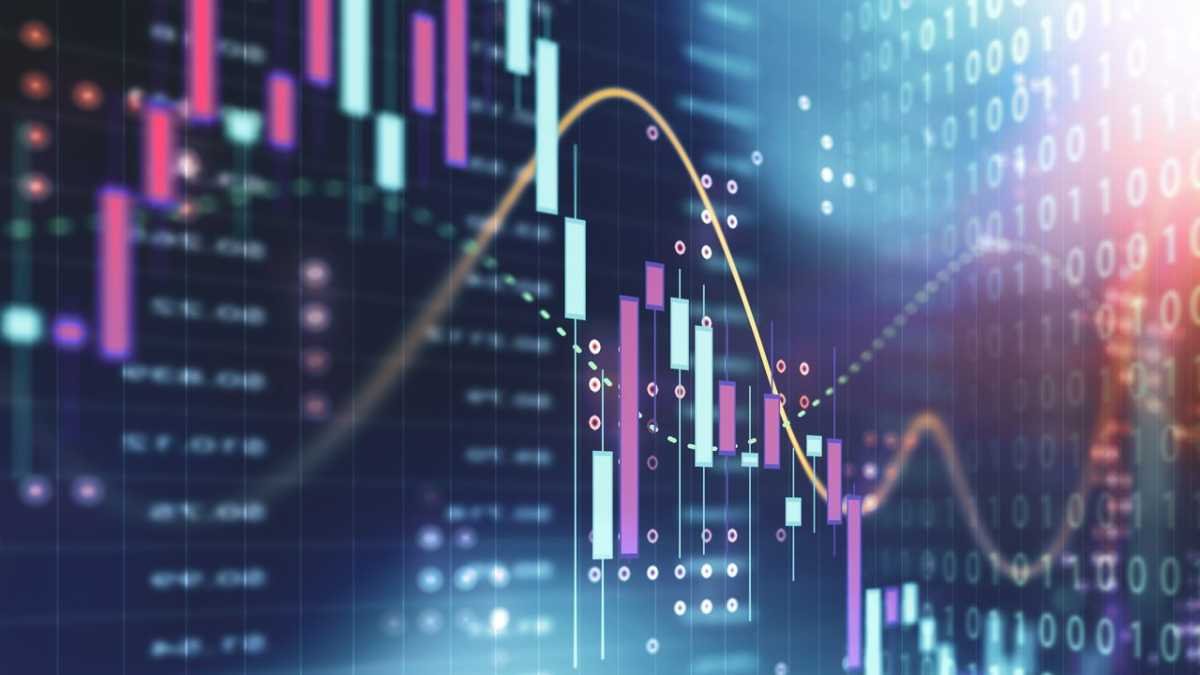As market uncertainty continues, long-term stock holders are reducing their selling activity, a sign that could indicate an upcoming major price move. Analysts suggest that this shift in investor behavior may lead to a significant breakout in the near future.
Why Are Long-Term Holders Reducing Selling Pressure?
- Confidence in Future Growth – Investors holding stock for the long term expect higher valuations and prefer to wait rather than sell at current levels.
- Market Stabilization – The recent slowdown in sell-offs suggests that supply on exchanges is decreasing, potentially setting the stage for a price surge.
- Institutional Accumulation – Large-scale investors continue accumulating stock, further reducing available supply.
What This Means for the Market
- Reduced Volatility: With fewer long-term holders selling, prices may stabilize, leading to healthier market movements.
- Supply Squeeze Potential: If demand increases while supply remains low, stock could see a rapid price surge.
- Market Sentiment Shift: Many traders are now shifting from short-term speculation to long-term investment strategies.
Is a Major Move on the Horizon?
With long-term holders maintaining their positions and selling pressure at a multi-month low, analysts predict that stock is building momentum for its next big move. However, whether this will result in a bullish breakout or a market correction depends on external factors such as economic policies, institutional activity, and macroeconomic trends.
The decline in selling pressure from long-term stock holders is a strong signal of confidence in future price growth. While uncertainty remains, reduced supply and increased accumulation could set the stage for a major market movement in the coming weeks. Investors should closely monitor key technical levels and macroeconomic developments to anticipate the next big shift.
Would you like a 4000-word in-depth analysis, covering historical trends, institutional behavior, and future price projections? Let me know!



